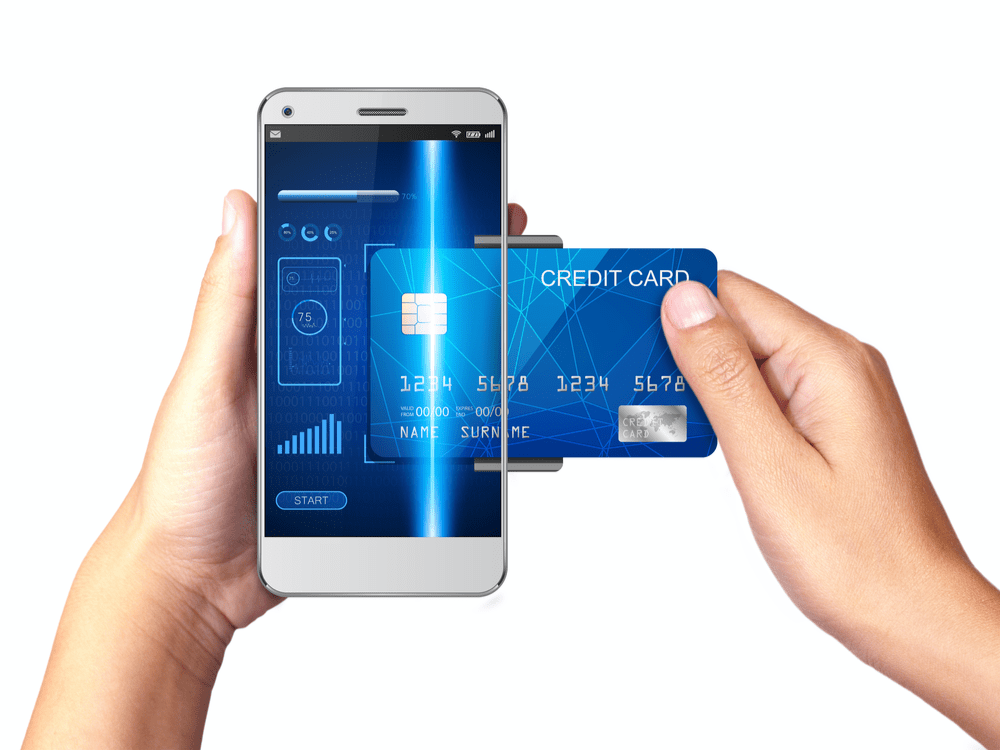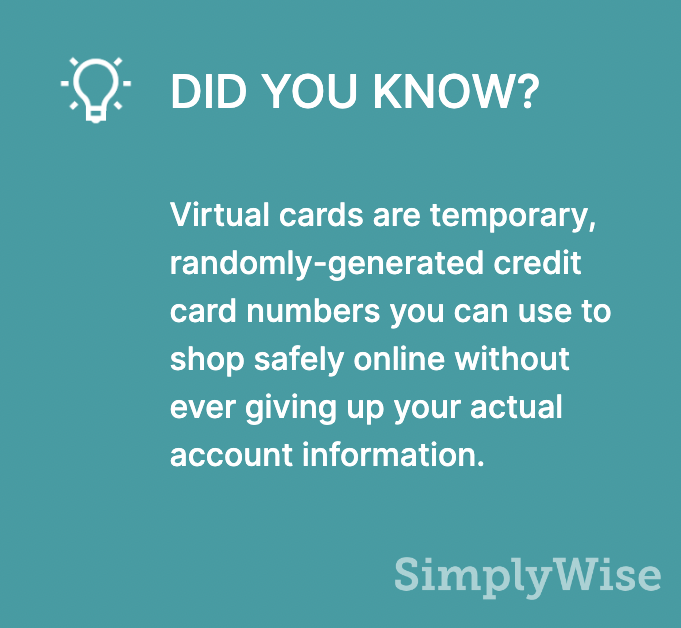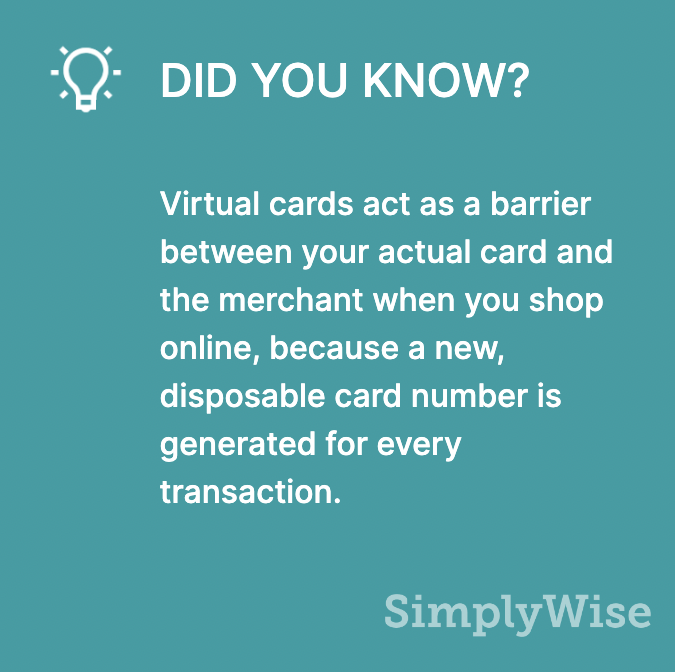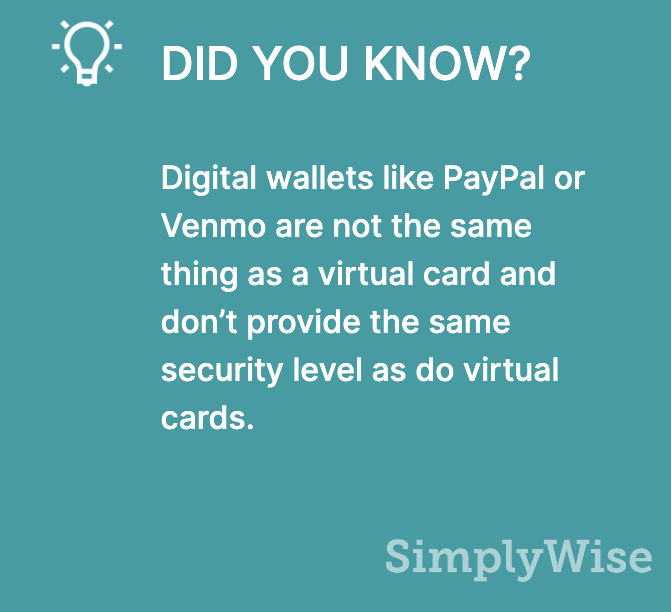
The coronavirus pandemic has pushed so much about the way we live, shop, and interact onto the internet. Luckily, online shopping—from groceries to paper towels to prescription medication—has never been easier.
Of course, many feel wary about punching their personal financial information into some website. COVID-19 has at once boosted online shopping but also created an uncertainty which has contributed to the rise of online scams.
Even big-name stores such as Walmart, eBay, and Target have experienced their fair share of hacking. So, if you’re worried about your account safety, you might be interested in finding out about how to more safely pay online: virtual credit cards.
With a virtual credit card, you can rest assured that your online shopping isn’t going to cost you your entire retirement savings or your Social Security check. We break down what you need to know.
What is a virtual credit card?
As you may have guessed from the name, virtual credit cards are not something you can physically pick up and hold. Instead, they are temporary, randomly-generated credit card numbers you can use to shop online. They ensure your real account information is never displayed, so you are protected when there is a data breach, hack, or unsecured connection.
Typically, they are for one-time use, or have an expiration of one month if not used.

Remember a few years back when they started putting little microchips in credit cards? Virtual cards work a little bit like that. If you’re unfamiliar with how chip cards work, the chip sends a verification number to the store’s card reader that can only be used once. Then, every time you use your card, that verification number changes. This way, anyone trying to hack your card will not be able to because the verification number will already have changed.
Virtual cards are essentially the same. They act as a barrier between your actual card and the merchant when you shop online, because a new, disposable card number is generated for every transaction. When you use virtual cards, whenever you get to the checkout of a website, the card number the retailer receives will be different, so no hackers can access your real account information.

One additional feature of virtual cards that helps make them a safe way to shop online is that they allow for the user to set spending limits on certain items or categories. For example, the card could have a limit of $200 per month for purchases on Amazon, or $150 per month on any food deliveries from Instacart. This enables the user to budget without having to create a spreadsheet, as the card limits your spending. Of course, you can always change the spending controls as needed).
Where to find a virtual credit card?
Not all credit card companies or banks offer virtual credit cards. If you are interested in switching to this type of card to shop more safely online, you can call your bank or credit card provider to see if they offer a virtual card product.
Banks that are currently offering virtual credit cards include Capital One and Citibank If you use either of these providers, you might qualify for their virtual card services. Note that Citibank does offer a virtual card number, but not for every type of card. It’s best to check with them to see if your card qualifies.
Alternatively, several smaller companies are working to make virtual credit cards more common and accessible to the public. When deciding to sign up for a virtual card, it’s important to verify its legitimacy by contacting the company’s representatives or searching user reviews online.
Where virtual cards might fail
As with everything, virtual cards can have their downsides. Because a virtual card only lives on your computer or mobile device, they cannot easily be used for non-online purchases. Moreover, if you make a purchase on the internet that you plan to pickup in person, a virtual card may not be ideal. That is, if the store requires you to swipe or show that card to verify your identity, you won’t be able to do so with a virtual card number. (They typically won’t agree to just type in your number.) For example, if you booked a hotel reservation with a virtual card, you may not be able to use it for the actual hotel room transaction once you arrive at the hotel.
There can also be issues with returning an item. Retailers will want to return your payment to the card number used to buy the item, but that will be difficult if that number has changed. In those cases, it typically helps to reach out to the company directly if you need to make a return. If your card number has changed, they can put it on a different card, or give store credit.
Finally, virtual cards do make online buying as safe as possible, but you should be careful not to drop your guard completely. While virtual cards are far safer than a standard credit or debit card, we recommend checking your billing statements regularly and, as always, keeping an eye out for suspicious activity. This means checking your accounts whenever you travel and ensuring that anything shown on your statement came from your own purchases. Just remember that, although virtual cards are safer, there’s no such thing as a 100% perfect defense against potential hackers. Treat these cards like you would any other, and you should get by without any trouble at all.
How are virtual credit cards different from digital wallets?
If you already have a credit card number saved to an online retailer or subscription service, you may have run across the term “digital wallet” to refer to apps and services like PayPal, Apple Pay or Venmo. While these technical terms can get complicated, you should not confuse a digital wallet with a virtual card. Digital wallets are not the same thing and do not provide the same security level as do virtual cards.

Digital wallets are normally used on a mobile device such as a phone or tablet, but some online retailers such as Apple and Google refer to their payment options as a digital wallet. This is just a way for the site to save your credit card information. Although the retailer’s data encryption process secures the transaction, if hackers manage to break through the retailer’s defenses, the number they find will be your real credit card number.
Digital wallets do use verification numbers like a chip card, so there is still a possibility that a hacker would not be able to use your credit card number. However, they would still have access to your information. Digital wallets are considered safe, but just be aware that they are not the same thing as a virtual credit card.
The bottom line: virtual cards are making online shopping safer than ever
For many Americans, most of their shopping has gone online given the COVID-19 pandemic. But you should not have to feel unsafe, nor like you are in any way jeopardizing your retirement savings, when you buy over the internet. New financial services like virtual cards are helping to make transacting and interacting online safer than ever.
We recommend contacting your credit card provider or bank to explore their options for virtual credit cards. If not, you may be able to find a smaller company offering the same services. At the end of the day, credit card security is all about remaining vigilant. Be smart about who you give your number to and also check your billing statement regularly. If you find any unusual activity, be sure to contact your provider immediately.